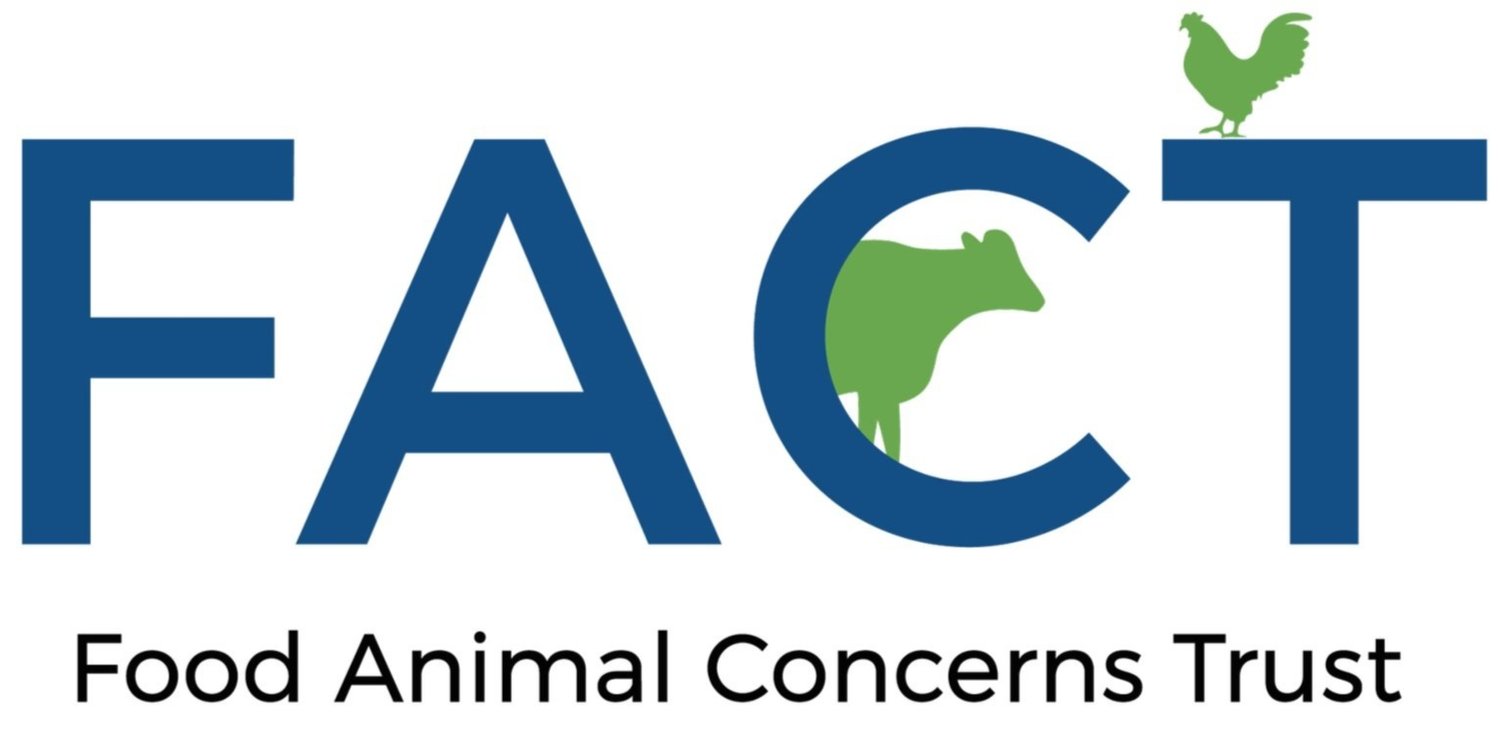
Bird Flu & Biosecurity
Practical information and tools to keep animals & people safe.
Protect Your Poultry & Your Livelihood
The current outbreak of H5N1 avian flu is highly contagious and deadly to all poultry.
PASTURED & INDOOR POULTRY ARE AT RISK OF INFECTION
WHAT IS BIRD FLU?
Bird flu, or avian influenza (AI), is a viral infection that primarily affects wild birds and domestic poultry. While many wild bird species can carry the virus without symptoms, recent outbreaks in large-scale factory poultry farms—where birds are densely housed in unhealthy conditions—have accelerated its spread and increased the probability of more dangerous strains developing.
Like all viruses, highly pathogenic avian influenza (HPAI) H5N1 mutates through genetic drift, a process in which random genetic changes occur as the virus replicates and infects new hosts. Each mutation raises the risk to human health by enhancing the virus's ability to spread, increasing its severity, or allowing it to infect new species, including humans. Therefore, the larger the outbreak, the greater chance of a more dangerous and deadly mutation occurring.
The current H5N1 strain exemplifies these risks, and recent mutations have allowed “bird flu” to spread to not only birds but also mammals. In light of recent detections of H5N1 in dairy cattle, wild mammals, and even humans, it is crucial that as farmers, we all take action and personal responsibility to prevent and limit its spread.
HOW DOES BIRD FLU SPREAD?
Bird flu spreads easily among poultry and can have devastating effects on flocks and small farm businesses. The virus moves through direct contact between birds and mammals, contaminated surfaces, and even unsuspecting human carriers.
Ways Bird Flu Spreads Between Species:
Wild Birds & Waterfowl (ducks, geese, swans) → Can carry and spread the virus to domestic poultry, other wild birds, and sometimes mammals through direct contact and fecal contamination, including open water sources.
Domestic Poultry (chickens, turkeys, ducks, quail) → Highly susceptible; can spread the virus within flocks and to nearby birds, mammals and humans through direct contact or fecal contamination, and airborne through dust and droplets.
Cattle → Rarely infected, can spread virus to other mammals and humans through direct contact.
Humans → Rarely infected, but the highly pathogenic H5N1 has caused illness in people, often through direct contact with infected birds and cattle.
Wild Birds CANNOT infect humans
Ways Bird Flu Spreads to Our Poultry & Farms:
Direct Contact: Spreads from bird to bird through close interaction.
Contaminated Surfaces & Equipment: Viruses linger on egg flats, crates, and other farm tools.
Manure Transmission: Infected droppings from wild birds and poultry can carry and spread the virus. i.e. wild birds can contaminate feed if they can have access to storage or feeders while water is easily contaminated by them roosting on the edge of open water sources.
Human Carriers: People may unknowingly transport the virus on clothing, shoes, equipment, tools and tires.
Ways Bird Flu Spreads to People:
Direct Contact: Spreads from bird to human through close interaction.
Contaminated Surfaces & Equipment: Viruses linger on egg flats, crates, and other farm tools.
Airborne: Poultry can release dust and droplets that can be easily inhaled.

Ways Bird Flu Reaches Your Farm
Feed & Bedding Contamination: Wild birds can drop infected feces into feeders, troughs, and high-traffic areas. Store feed and bedding securely to prevent exposure and virus spread.
Wild Birds & Water Sources: ponds or open water sources are at higher risk of contamination as these often contain waterfowl droppings.
Equipment & Foot Traffic: The virus can hitch a ride on boots, tools, and feed bags transported between farms. Often farmers don’t immediately know they have the active virus and spread it unknowingly.
Rodents & Other Wildlife: Small animals can track virus particles into feed storage or animal housing areas.
Steps for All Poultry Producers to
Prevent Bird Flu
Make a Biosecurity Plan: Create a plan using resources from APPPA, Defend the Flock, USDA HPAI Biosecurity Checklist
Maintain Flock Health: Ensure birds are healthy while still allowing outdoor access.
Limit Wild Bird Contact: Secure feed bins, water sources, and feeders to prevent exposure to wild birds and waterfowl.
Restrict Visitors: Control farm access and limit visitors while bird flu is a threat. Require handwashing and boot scrubbing before entering bird areas.
Disinfect Regularly: Clean shoes, clothing, hands, and farming equipment to reduce the risk of virus transmission.
WHAT’S IN A NAME?
The avian influenza (AI) virus belongs to the Influenza A family and is classified by two proteins: hemagglutinin (H) and neuraminidase (N). The most current strain, H5N1.
HPAI H5N1, which stands for Highly Pathogenic Avian Influenza and H5 & N1 proteins, refers to the current strain of bird flu that is active and affecting poultry and livestock. H5N1 is highly contagious and has a high mortality rate in poultry. Unlike other strains of HPAI, H5N1 also spreads to mammals, including humans.
RESOURCES FOR FARMERS
rafi USA: rafi Avian Influenza Resources
APHIS USDA: Defend the Flock Resource Center at Animal and Plant Health Inspection Service (APHIS)
Extension Foundation: Look up you local Cooperative Extension
Protect Your Poultry From AVIAN INFLUENZA pdf and brochure, easy reference and great for sharing!




